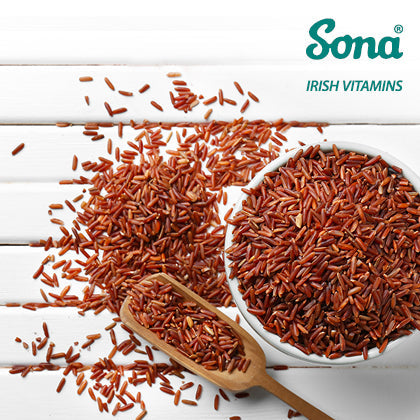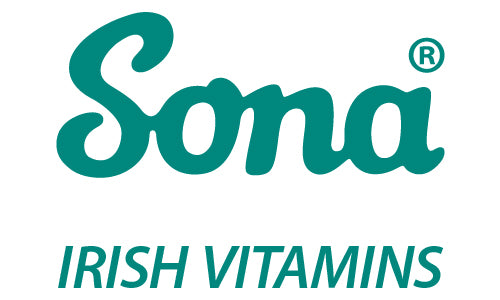
Overview
Red yeast rice is the product of rice fermented with a type of yeast called Monascus purpureus. It contains Monacolin K, which is identical to a statin drug.
Red yeast rice contains ten different chemicals known as monacolins. These chemicals affect cholesterol levels. Monacolin K is the most abundant in red yeast rice. Because of this, it has many of the same effects and precautions as the statin drug.
People most commonly use red yeast rice for high levels of cholesterol and other fats in the blood. It is also used for heart attack, high blood pressure, heart disease, diabetes, cancer, and many other conditions, but there is no good scientific evidence to support many of these other uses.
Uses & Effectiveness?
Likely effective for
- High levels of cholesterol or other fats (lipids) in the blood (hyperlipidaemia). Taking red yeast rice supplements by mouth can lower total cholesterol, low-density lipoprotein (LDL or "bad") cholesterol, and triglycerides. This is likely due to a chemical called monacolin K. This chemical is also known as the statin drug lovastatin. Statins are approved to lower cholesterol.
Possibly effective for
- Abnormal levels of blood fats in people with HIV/AIDS. Taking red yeast rice by mouth seems to reduce cholesterol and triglyceride levels in people with HIV.
- Heart attack. Taking red yeast rice by mouth daily seems to reduce the risk of heart attacks and death in people with a history of heart attack.
Possibly ineffective for
- High blood pressure. Taking red yeast rice by mouth together with prescription blood pressure - lowering drugs doesn't seem to reduce blood pressure more than taking the drugs alone.
There is interest in using red yeast rice for a number of other purposes, but there isn't enough reliable information to say whether it might be helpful.
Side Effects
When taken by mouth: Red yeast rice is possibly safe for most people when taken for up to 4.5 years. Red yeast rice, with declared Monacolin K content, contains a chemical that is the same as the prescription drug lovastatin. Because of this, in high doses, it might cause the same side effects as this drug, including liver damage, severe muscle pain, and muscle damage. Anecdotal evidence suggests Sona Red Yeast rice does not have the same effect on muscle pain as statins. Sona Red Yeast Rice is safe when taken at the recommended dose. Do not exceed this unless recommended to do so by your healthcare professional.
Special Precautions and Warnings
When taken by mouth: Red yeast rice is possibly safe for most adults. Red yeast rice contains a chemical that is the same as the prescription drug lovastatin.
Pregnancy: There isn't enough reliable information to know if it is safe to use red yeast rice when pregnant. Avoid using it while pregnant.
Breast-feeding: There isn't enough reliable information to know if it is safe to use red yeast rice when breast-feeding. Stay on the safe side and avoid use.
Liver problems: Red yeast rice contains a chemical that is the same as the statin drug lovastatin. Lovastatin can cause liver damage. Red yeast rice products should be used cautiously or avoided in people with liver problems.
Dosing
Red yeast rice has most often been used by adults in doses of 300-350mg by mouth twice daily, for up to 4.5 years. Speak with your healthcare provider to find out what dose might be best for your specific condition.
Keep in mind that red yeast rice products contain varying amounts of the chemical monacolin K, which is the same as the prescription drug lovastatin. Some products may contain none and others may contain high amounts, which are more likely to cause side effects. Red yeast rice products that contain significant amounts of statin-like ingredients may cause some or all of the symptoms associated with lovastatin use.
